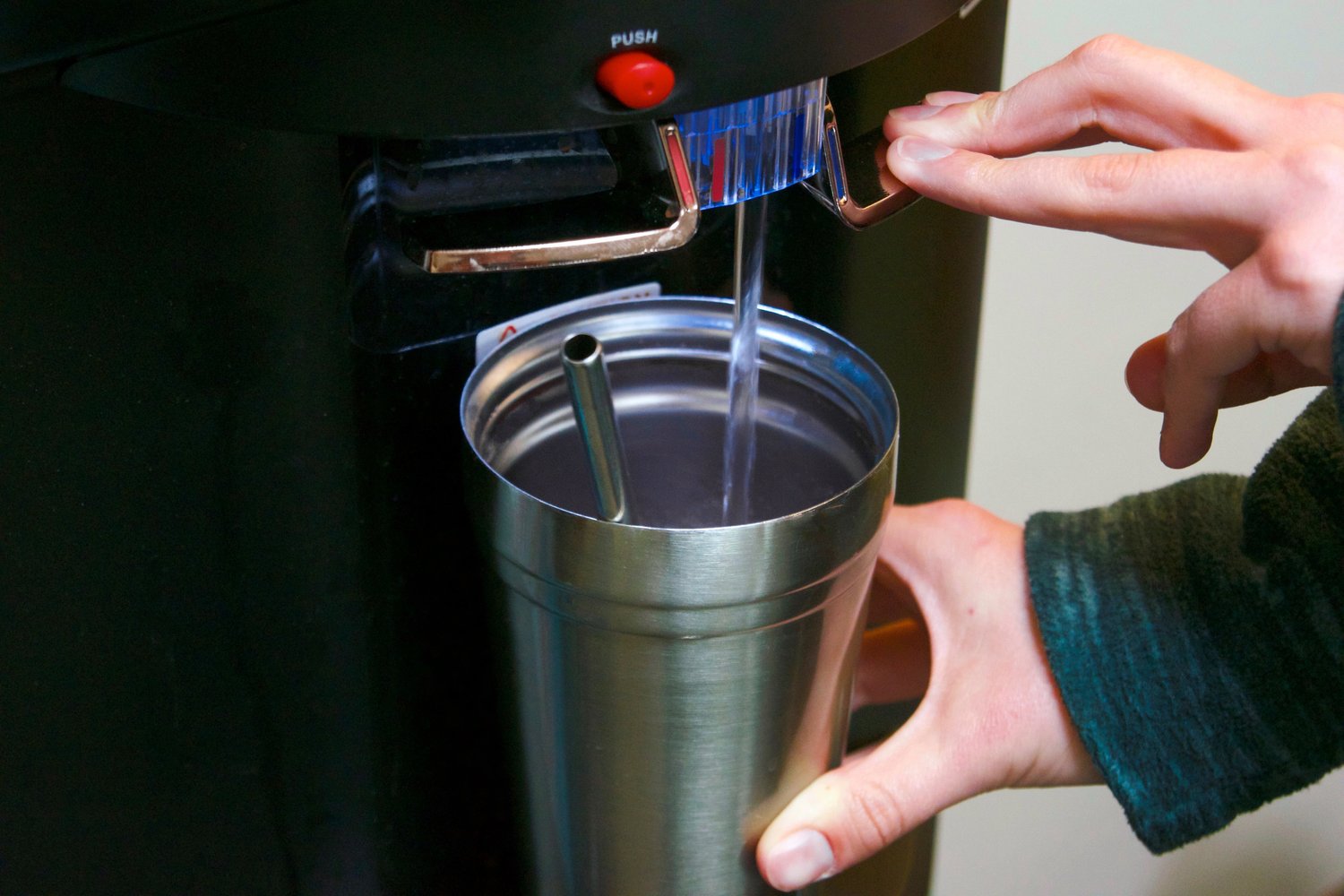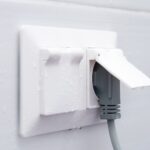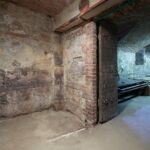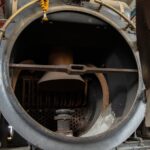Your home’s water filter system is essential for providing clean, safe water, but what happens when the flow rate slows to a trickle? This common issue can be frustrating and disruptive, especially when an inefficient system impedes daily activities. Understanding why your water filter system is running slowly and knowing how to address the issue effectively can make a significant difference in maintaining optimal performance and ensuring your household’s water supply remains uninterrupted.
- Explore the possible causes of slow water filter systems, including blockages and equipment malfunctions.
- Learn to identify common culprits like clogged filters, sediment buildup, and low water pressure.
- Discover practical solutions for improving flow rates, from regular maintenance to well-timed upgrades.
- Get expert tips on troubleshooting and preventative measures to keep your system running efficiently.
By delving into the intricacies of water filter systems, this article will equip you with the knowledge needed to tackle flow rate issues head-on, ensuring your system operates smoothly for years to come. Let’s dive in and explore the ways you can optimize your water filter’s performance.
Understanding Why Is My Water Filter System Running Slowly and Flow Rate Concerns
Experiencing a slow water filter system can be frustrating, especially when you rely on it for pure and consistent water flow. Several factors might contribute to this issue, making it essential to understand them to address the problem effectively.
Blockages: One of the most common reasons for a reduced flow rate is blockages within the filter itself. With regular usage, debris, dirt, and particulates can accumulate, leading to obstructions that restrict water flow. This not only impacts the performance but also reduces the lifespan of your water filter system.
Equipment Malfunctions: Another possible cause could be equipment malfunctions. Components such as valves or seals might wear out over time or become incompatible due to poor maintenance. These malfunctions can disrupt the normal operation of the system, resulting in decreased water pressure and flow rate.
Understanding these factors is crucial for diagnosing and solving any issues with your water filter system. This will enable you to take the necessary steps toward maintaining optimal flow and prolonging the life of your system.
Common Causes of Slow Flow Rates in Residential Water Filters
Identifying why your residential water filter system is underperforming is the first step toward an effective solution. Several typical causes can lead to reduced flow rates, each requiring a different approach to resolve.
Clogged Filters: Over time, filters can become clogged with impurities that they are designed to remove. As these impurities accumulate, they reduce the available space for water to flow through, significantly impacting the filtration speed and efficiency.
Sediment Buildup: Sediment buildup is another culprit that can hinder the flow. Fine particles like sand, mineral deposits, or rust can collect in the filter, adding to the blockage and thus reducing the flow rate. Regularly inspecting the filter and replacing it when necessary can prevent this issue.
Low Incoming Water Pressure: Sometimes, the problem could stem from low incoming water pressure. If the water pressure is naturally low in your area or if there’s an issue with the plumbing, it can affect the pressure entering the filter system, resulting in slowed output.
Being able to identify these issues means you can quickly address them, restoring your water filter system’s performance and ensuring that you always have access to clean and efficient water.
Effective Solutions to Enhance Water Filter System Flow Rates
Improving the flow rate in your water filter system requires understanding the potential issues and employing practical solutions. Addressing a slow flow can significantly improve the system’s efficiency and ensure a steady supply of clean water.
Start with regular maintenance of your water filter system. Frequent inspections and cleanings can prevent many common problems. When conducting maintenance, focus on elements such as cleaning or replacing clogged filters, which are often a primary cause of slow flow.
Additionally, sediment buildup in the filter housing can obstruct water passage. Regularly cleaning the housing can prevent blockages. A simple rinse with water or using a gentle cleaning solvent can help maintain clear waterways.
If cleaning doesn’t resolve the issue, consider the condition of your water lines. Low incoming water pressure might be affected by issues further up the line, and resolving these can improve flow. Inspect pipes for leaks or obstructions.
Sometimes, an upgrade or replacement is necessary. If your system is outdated or not suitable for your current water needs, evaluate modern systems offering higher efficiency and optimal flow rates. Newer models may provide advanced filtration technology while maximizing water flow.
By adhering to these techniques, you can significantly enhance the performance of your water filter system, enjoying both a seamless operation and superior water quality.
Preventative Measures: Keeping Your Water Filter System Running Efficiently
Ensuring your water filter system operates efficiently requires consistent attention to preventative measures. Regular maintenance schedules play a crucial role in this process.
Develop a maintenance schedule based on your filter type and water usage. Adhering to manufacturer recommendations for filter replacement can prevent unnecessary slowdowns. Regular checks minimize the likelihood of unexpected flow issues.
Choosing the right filter type is another key factor. Consider filters designed for your specific water composition and consumption needs. Selecting a filter that aligns with the quality of your incoming water can enhance both performance and longevity.
Furthermore, ensure your system is properly installed and that all connections are secure. Proper installation aids in maintaining optimal flow and minimizes system strain. Reviewing connections and ensuring there are no leaks will preserve system efficiency.
By implementing these preventative strategies, you can sustain a reliable water supply, effectively reducing the potential for slow flow issues. This proactive approach not only ensures the longevity of the system but also guarantees optimal performance and water quality.
Why Is My Water Filter System Running Slowly? Troubleshooting and Tips
Encountering a slow water filter system can be a frustrating experience, especially when you’re relying on it for daily use. Fortunately, there are systematic ways to troubleshoot and address these slow flow rate issues, ensuring your water filter system operates smoothly and efficiently.
Step-by-Step Troubleshooting Guide:
Begin with a thorough inspection of your water filter system, examining for any visible signs of damage or leakage. These can often be initial indicators of flow rate challenges.
One of the most common causes behind low flow rates is clogged filters. Check and replace filters if they appear dirty or overly saturated. Filters should be replaced as per the manufacturer’s recommendations to maintain optimal performance.
Next, inspect for sediment buildup within the filter housing. Regular cleaning of the filter housing can prevent debris accumulation, which often restricts water flow.
Another vital step is to assess the incoming water pressure. Low household water pressure can significantly impact the performance of your water filter system. You may need a pressure booster if your home’s water pressure is insufficient.
Check your water lines and connections for any kinks or blockages that may be impeding flow. Ensure all connections are secure and unhindered.
Expert Tips to Maintain Efficiency:
To keep your water filter system running efficiently, adhere to a regular maintenance schedule. This includes timely filter replacements and routine inspections of the system’s overall condition.
Consider upgrading to filter systems that are designed for higher flow rates if your current system consistently struggles to meet your water demands. Additionally, using sediment pre-filters can reduce particulate load, extending the life and efficiency of your main filter.
Investing in a professional inspection periodically can offer insights into any potential issues that may not be evident to the untrained eye. Professional technicians can provide valuable guidance on system upgrades and adjustments tailored to your specific needs.
By following these troubleshooting steps and incorporating these expert tips, you can ensure your water filter system delivers a steady, efficient flow of clean water, enhancing both its performance and your overall satisfaction.
Frequently Asked Questions About Slow Water Filter Systems
What causes slow flow rates in water filter systems?
Slow flow rates can be caused by clogged filters, sediment buildup, or low incoming water pressure.
How can I improve the flow rate of my water filter system?
Perform regular maintenance, replace clogged filters, and ensure proper water pressure.
How often should I replace the water filter?
Replace your water filter every 6 to 12 months depending on usage and water quality.
What are preventative measures for maintaining flow rate?
Establish a regular maintenance schedule and use the appropriate filter type for your water conditions.
Should I seek professional help for my slow water filter?
If troubleshooting doesn’t resolve the issue, consult a professional technician.





